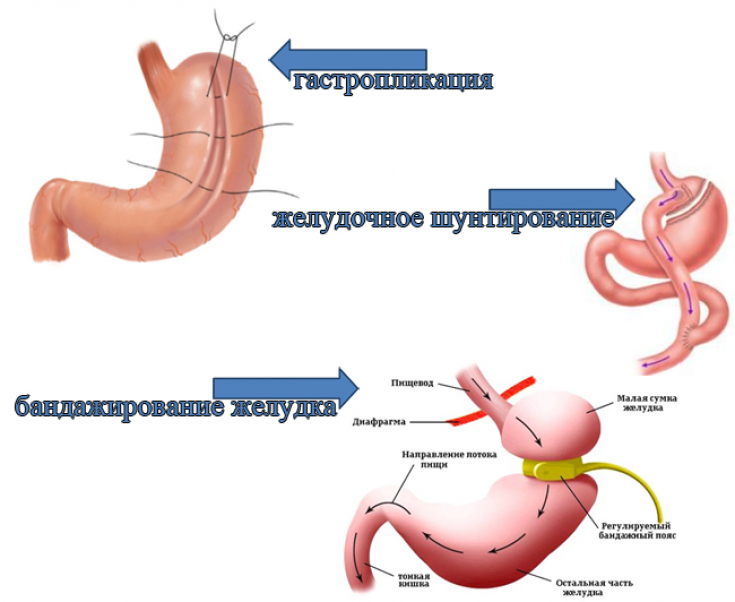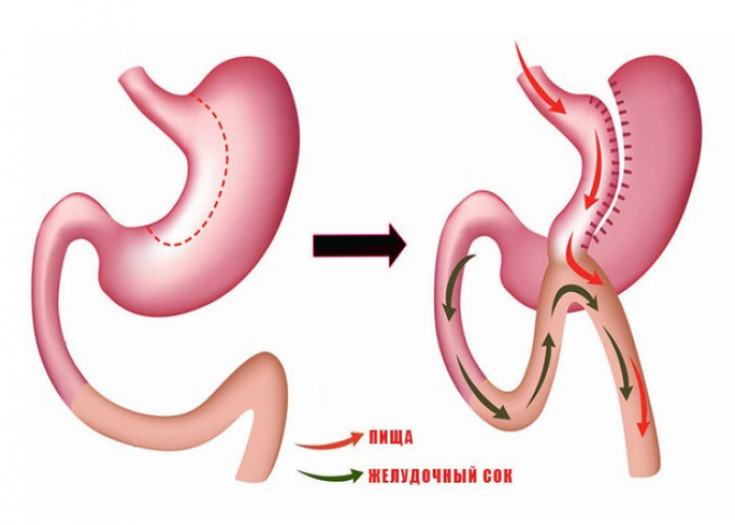Due to the sedentary lifestyle that has become familiar to modern society, the problem of overweight and obesity is becoming more acute. Moreover, we must not forget that the risk of cardiovascular and endocrine diseases is increasing with each kilogram gained in excess.
However, not every person can solve the problem of obesity on their own. For someone, the constant "jamming" becomes an obstacle; stress, for another lack of motivation, and for the third a serious metabolic disorder.
Therefore, modern medicine offers a fairly simple way to solve this problem – bariatric surgery, read more about it on estet-portal.com in this article.
Bariatric surgery: who, when, why
Bariatric surgery involves the performance of quite serious surgical interventions that radically change a person's life and can globally affect his health.
Follow us on Instagram!
In this regard, the indications for bariatrics are extremely strict:
• presence of obesity of the III degree, which corresponds to a body mass index of more than 35;
• appearance or progression of diseases due to obesity;
• lack of response to medical treatments;
• significant reduction in the patient's quality of life.

Bariatry allows people with obese not only to improve their appearance and self-confidence, but also to become healthier.
Bariatria:
• bariatrics: the main types of surgical interventions;
• bariatrics and plastic surgery: complementary methods;
• post-bariatric surgery: effective restoration of body shape after weight loss.
Bariatria: main types of surgical interventions
Bariatria or bariatric surgery aims to reduce excess weight.
During bariatrics, one way or another, the volume of the stomach decreases, and, consequently, the amount of food consumed.
Most popular bariatric surgeries today:
• gastroplasty in the form of a "sleeve" (sleeve gastrectomy);
• gastric bypass;
• biliopancreatic bypass (biliopancreatic bypass);
• gastric banding.
Each method has its advantages and disadvantages, however, they all contribute to effective weight loss.
Ideal tummy: main features of tummy tuck
Bariatry and plastic surgery: complementary methods
Plastic surgery after bariatric surgery aims to reduce excess volume. One procedure usually combines the removal of excess skin in the abdomen, thighs and buttocks. This operation is also called a lumbar lipectomy.

In combination with a body lift, contour plastic surgery, as well as breast or buttock implants, can be performed. Often, post-bariatric interventions, depending on the volume of the procedure, are performed in several stages, between which it can take from two weeks to several months.
Post-bariatric surgery: effective restoration of body shape after weight loss
Bariatric surgery always entails dramatic weight loss. In this regard, the tissues do not have time to adapt to new volumes and sag. Panniculotomy or tummy tuck can be used to correct these changes. A panniculotomy involves the removal of excess skin and fat, while an abdominoplasty also involves tightening the abdominal muscles.
After bariatric surgery, correction of the lower body is often required, while removing excess tissue in the thighs and buttocks.
Post-bariatric surgery allows patients to get rid of excess skin and sagging abdomen after sudden weight loss. This intervention is the logical conclusion of the fight against obesity, as it allows a person to acquire a new slender body.
Bariatric surgery is an effective method of surgical treatment of obesity







Add a comment